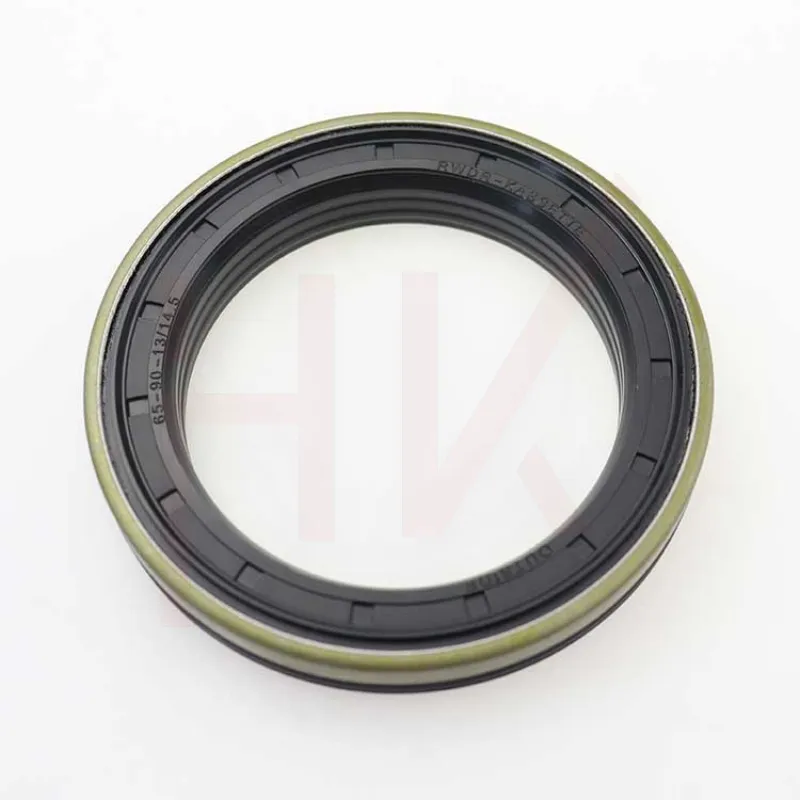Nov . 14, 2024 09:22 Back to list
hydraulic cylinder repair seals
Understanding Hydraulic Cylinder Repair Seals
Hydraulic cylinders are critical components in various industries, including construction, manufacturing, and automotive. They are responsible for converting hydraulic energy into mechanical energy, enabling powerful movements and lifting operations. However, like any mechanical system, hydraulic cylinders can experience wear and tear, leading to leaks and performance issues. One of the most common causes of malfunction in hydraulic cylinders is the failure of seals. Understanding the importance of hydraulic cylinder repair seals is essential for maintaining efficiency and longevity in hydraulic systems.
Types of Hydraulic Cylinder Seals
Hydraulic cylinder seals are critical for maintaining pressure and preventing hydraulic fluid from leaking into the environment. There are several types of seals used in hydraulic applications, each designed for specific functions. The primary types include
1. Rod Seals Positioned around the piston rod, these seals prevent hydraulic fluid from leaking out when the cylinder is in operation. They must withstand high pressures and dynamic movement.
2. Piston Seals Situated inside the cylinder, piston seals prevent fluid from escaping the cylinder when it is under pressure. They also allow the hydraulic cylinder to operate smoothly and efficiently.
3. Buffer Seals These seals provide additional support and protection for the primary seals (rod and piston seals). They absorb shocks and minimize wear, thereby prolonging the life of the main seals.
4. Wipers (Scrapers) Mounted at the cylinder head, wipers prevent contaminants from entering the cylinder while also removing dirt and debris from the rod. This is essential for maintaining hydraulic fluid cleanliness and ensuring the longevity of the seals.
Signs of Seal Failure
Regular inspections of hydraulic cylinders are crucial for identifying signs of seal failure early. Some common indicators include
- Fluid Leaks Any visible leakage of hydraulic fluid around the seals is a clear sign that the seals are failing. This not only diminishes the cylinder's performance but can also lead to environmental hazards.
hydraulic cylinder repair seals

- Decreased Performance If the hydraulic cylinder is not producing the expected force or speed, it may be due to seal degradation that causes pressure loss.
- Unusual Noises Grinding or squeaking sounds can indicate that the seals are worn down, leading to metal-to-metal contact, which may cause further damage to the cylinder.
Repairing Hydraulic Cylinder Seals
Repairing hydraulic cylinder seals involves a systematic approach to ensure proper functioning. Here are essential steps in the repair process
1. Disassembly Start by safely disassembling the hydraulic cylinder, taking care to record the arrangement of components for proper reassembly.
2. Inspection Examine the seals and other components for signs of wear or damage. Look for cracks, tears, or unusual wear patterns that may indicate underlying issues.
3. Replacement Replace worn or damaged seals with new ones that match the original specifications. It is crucial to select high-quality seals designed for the specific type of hydraulic fluid to be used.
4. Reassembly Carefully reassemble the hydraulic cylinder, ensuring that all components are correctly aligned, and apply the proper torque specifications to secure the components.
5. Testing After reassembly, conduct thorough testing to confirm the repair was successful and that the hydraulic cylinder is functioning effectively without leaks.
Conclusion
Hydraulic cylinder repair seals play a vital role in the overall functionality and safety of hydraulic systems. By understanding the types of seals, signs of failure, and the repair process, operators can ensure that their hydraulic cylinders operate efficiently, reducing downtime and maintaining productivity. Regular maintenance and timely repairs will ultimately lead to longer service life and optimal performance of hydraulic equipment.
-
TCN Oil Seal Metal Ring Reinforcement for Heavy Machinery
NewsJul.25,2025
-
Rotary Lip Seal Spring-Loaded Design for High-Speed Applications
NewsJul.25,2025
-
Hydraulic Cylinder Seals Polyurethane Material for High-Impact Jobs
NewsJul.25,2025
-
High Pressure Oil Seal Polyurethane Coating Wear Resistance
NewsJul.25,2025
-
Dust Proof Seal Double Lip Design for Construction Equipment
NewsJul.25,2025
-
Hub Seal Polyurethane Wear Resistance in Agricultural Vehicles
NewsJul.25,2025
-
The Trans-formative Journey of Wheel Hub Oil Seals
NewsJun.06,2025
Products categories
















